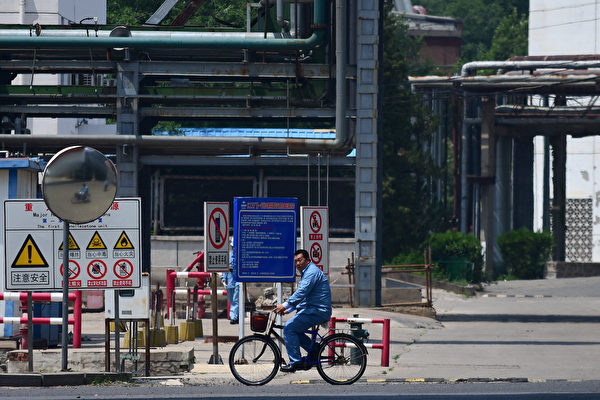Experts are warning that as domestic demand remains weak, the supply of plastics in China continues to surge, potentially leading to oversupply and triggering another international trade dispute.
Rhodium Group’s Deputy Director for U.S.-China relations and China industrial policy, Charlie Vest, stated: “This is another example of China’s structural imbalances spreading to global markets, following steel, and solar panels.”
Over the past decade, plastic factories have sprung up in China’s eastern coastal regions like mushrooms after the rain, partly to meet China’s demand for plastics and partly to help refining factories cope with the decreasing fuel demand due to the increasing popularity of electric vehicles, as reported by Bloomberg.
However, the massive production coupled with subdued demand after the COVID-19 pandemic has led to thin profit margins for enterprises. To maintain their market share, companies are continuing production despite the challenging market conditions.
Michal Meidan, Director of the China Energy Program at the Oxford Institute for Energy Studies, pointed out: “China’s chemical industry’s capacity surplus appears to be an industry risk that has not been fully recognized.”
Meidan cautioned that Western industries have underestimated the potential scale and impact of the surplus capacity that could emerge.
Currently, Chinese plastic factories are addressing the surging supply through temporary shutdowns and reducing operating rates. However, petrochemical industry executives and analysts say that China’s capacity is expected to continue increasing over the next few years, leading to exacerbated surpluses in many products and prompting China to increase exports, potentially sparking another trade tension.
Kelly Cui, an analyst at Wood Mackenzie, stated: “China’s significant investments between 2020 and 2027 have reshaped global supply dynamics, resulting in structural surpluses in Asia, with declining or negative profit margins.”
Wood Mackenzie estimates that nearly a quarter of global ethylene production lines may face closure, yet China continues to expand its capacity.
According to the International Energy Agency (IEA), from 2019 to the end of 2024, China is set to establish numerous factories converting crude oil and natural gas into products like ethylene and propylene, essential raw materials for products like plastic bottles and machinery.
The IEA noted that between 2019 and 2024, China’s Propane Dehydrogenation (PDH) capacity has more than doubled.
However, despite the increase in supply, domestic demand has declined. In recent years, the capacity utilization rate of PDH plants in China has typically been 80-85%. Analysts at ICIS, a data intelligence company, stated that the surge in supply has led to a drop in utilization rates, falling below 70% last year, and sometimes nearing 50% this year.
Nevertheless, at least nine more PDH plants are expected to start production between 2024 and 2025. This could lead to plant closures or an increase in sales of overseas low-cost products.
This shift may strain China’s relations with neighboring Asian countries and provoke accusations from the U.S. and EU regarding China’s capacity surplus.
Western leaders have already issued warnings about China’s extensive overproduction in various products, including semiconductors, electric vehicle batteries, solar and wind power generation, and steel, all showing structural imbalances between supply and demand.
Given China’s economic downturn and changing attitudes towards trade with China from developed Western countries and Japan, many experts estimate that it will take longer for China’s economy to rebalance.
(*This article references relevant reports from Bloomberg.)

